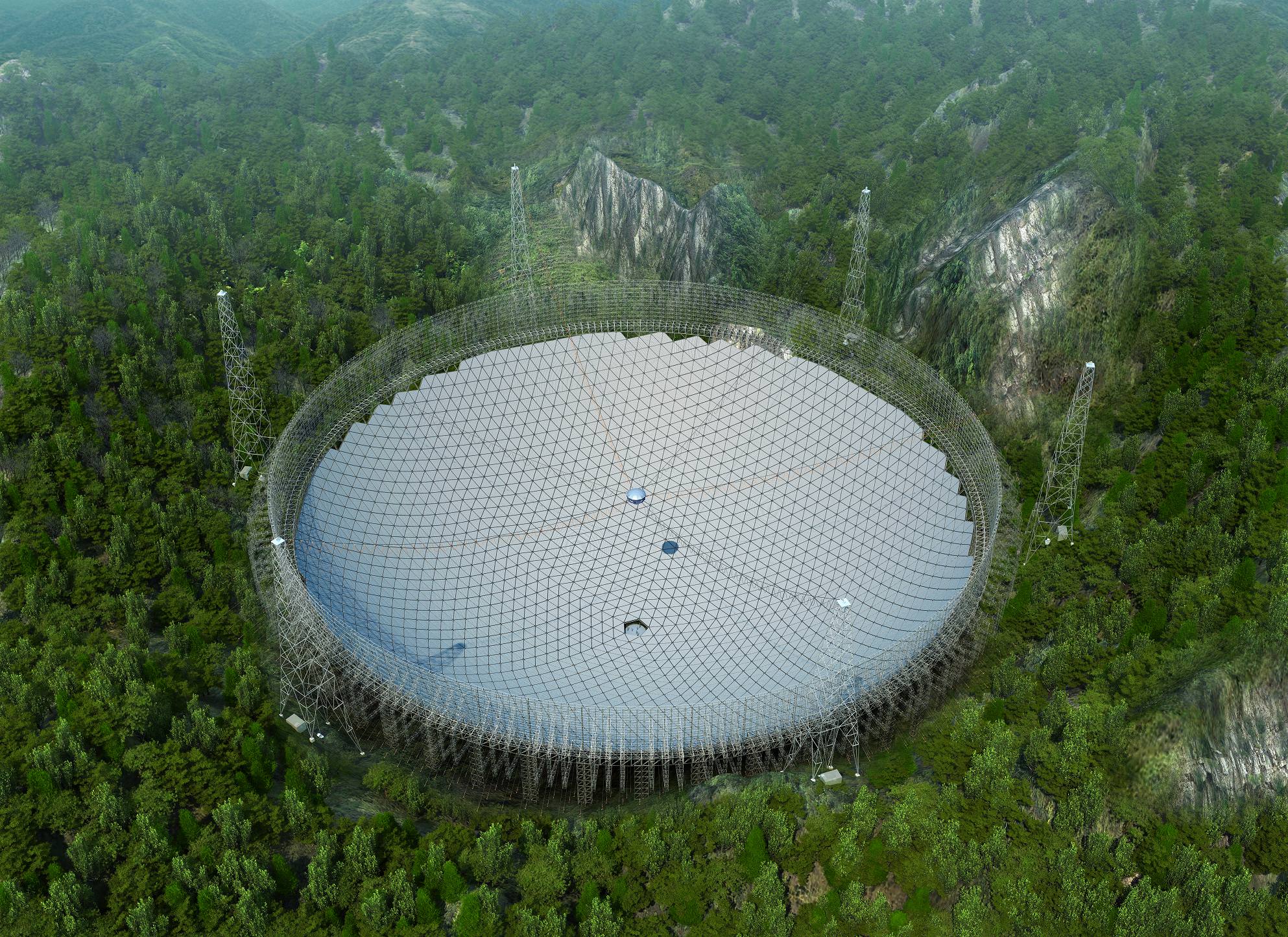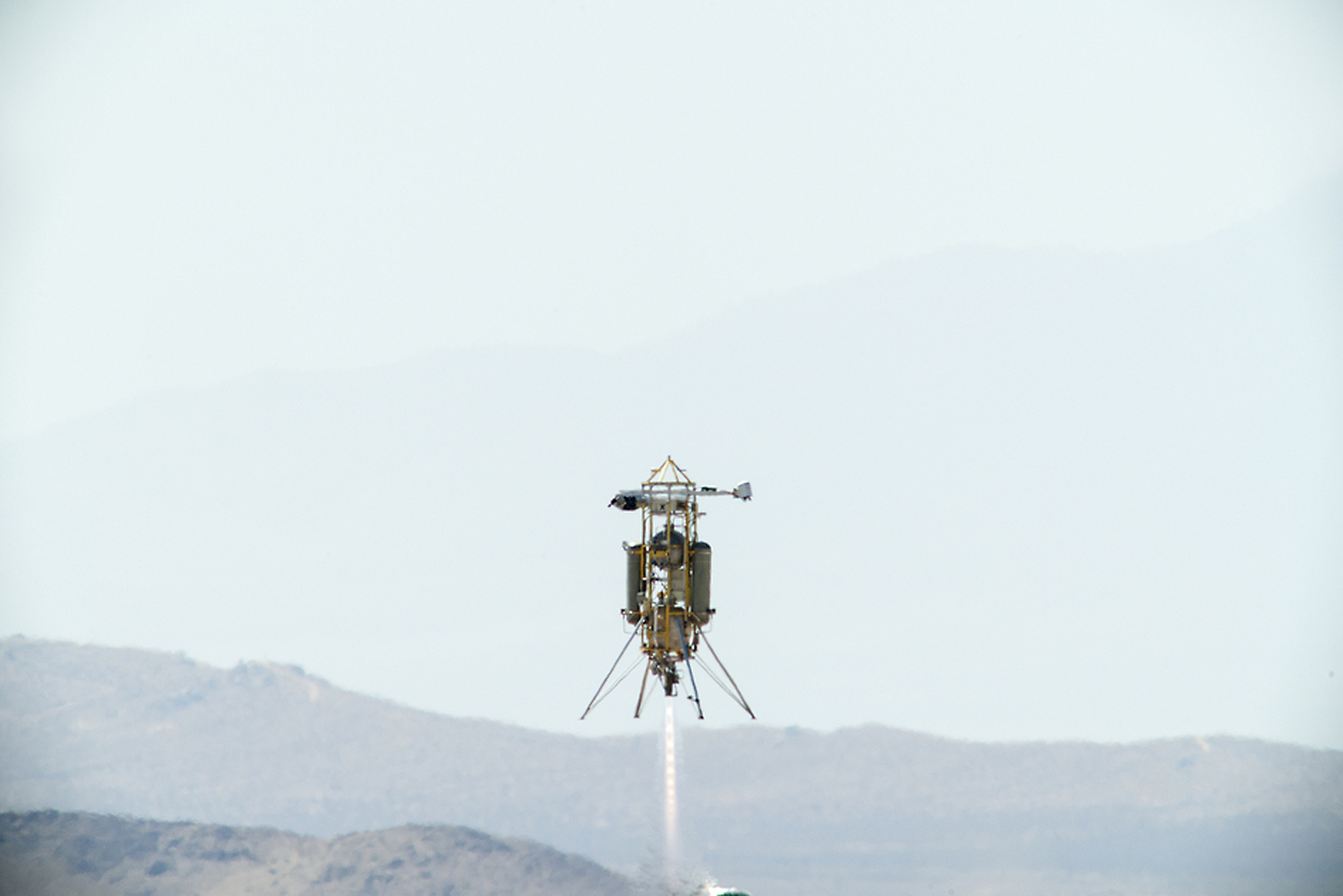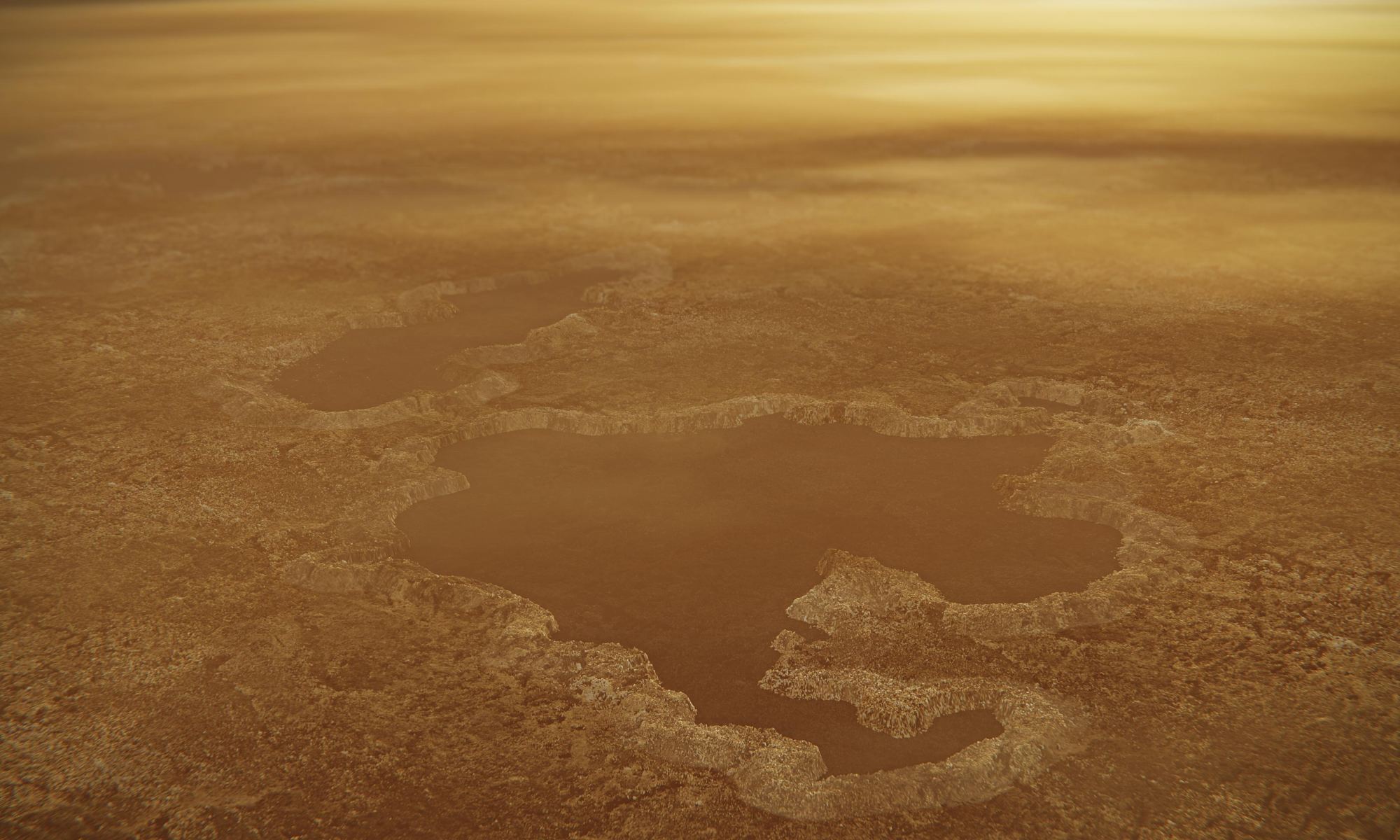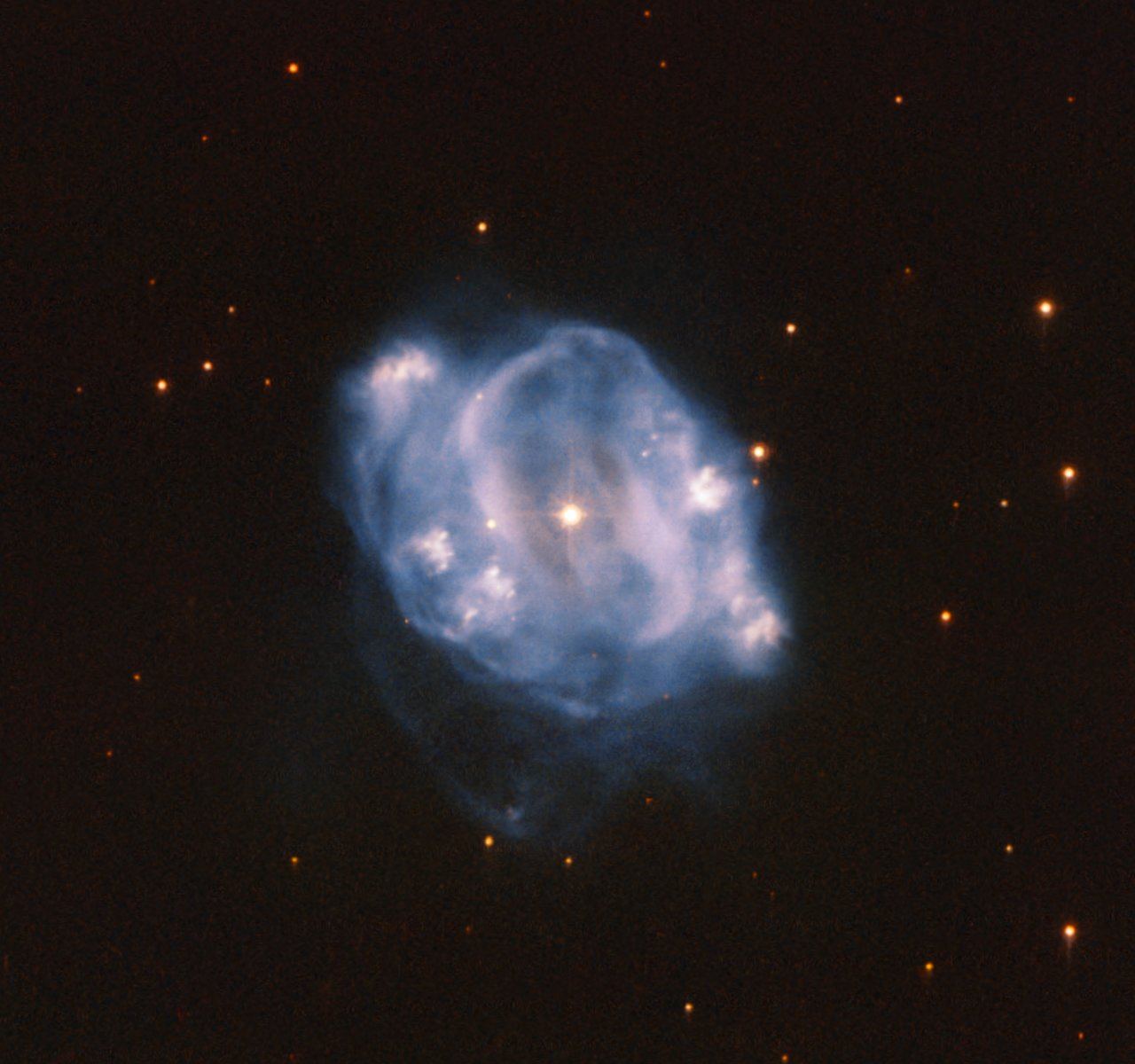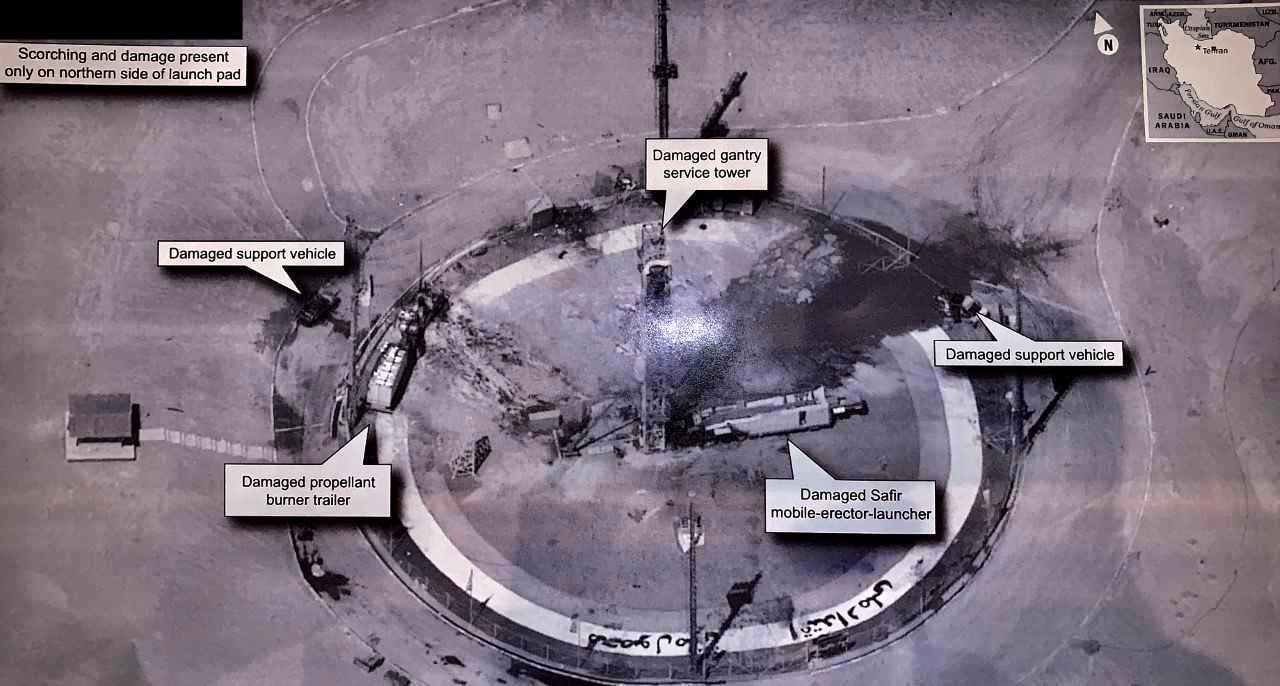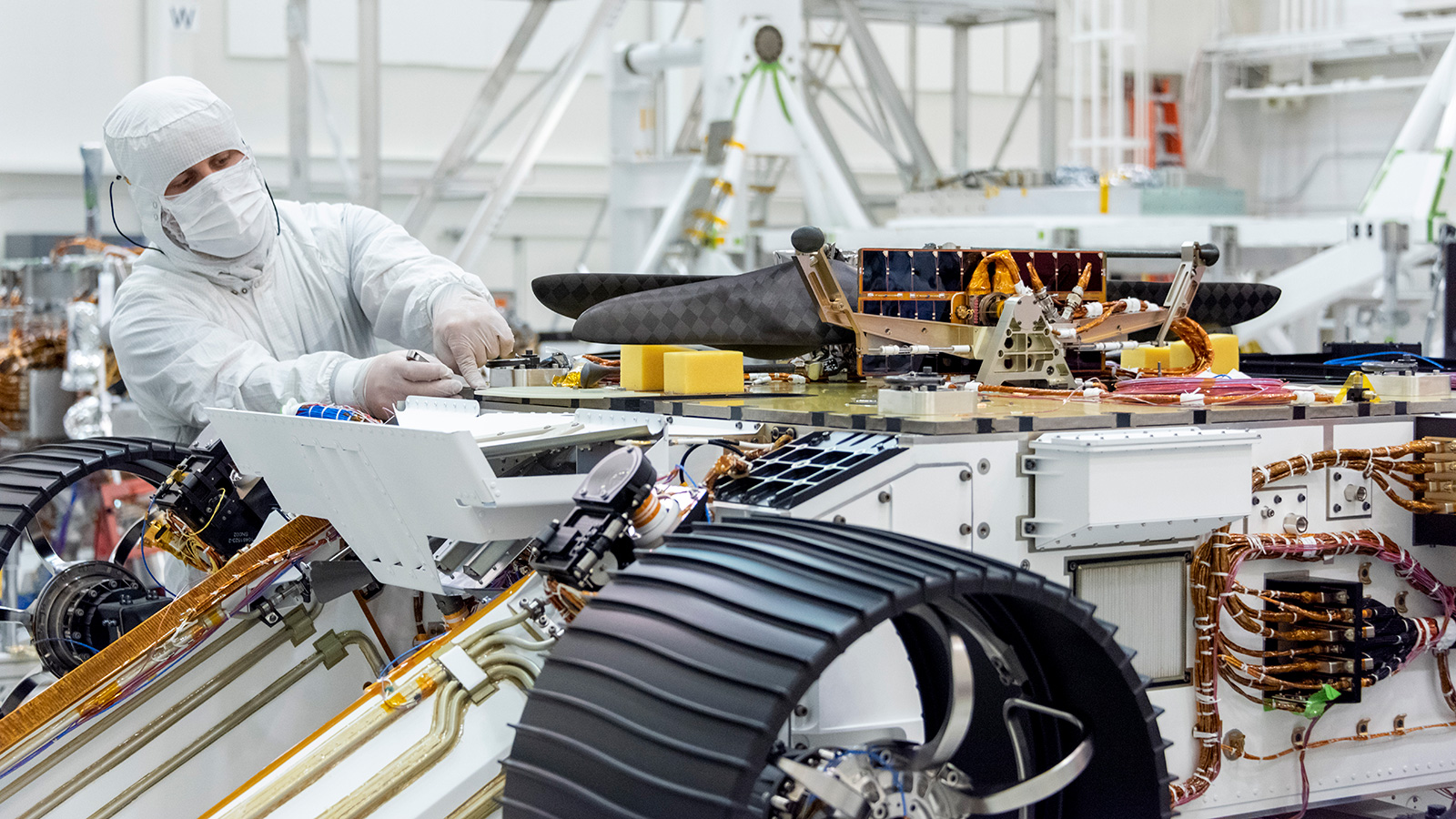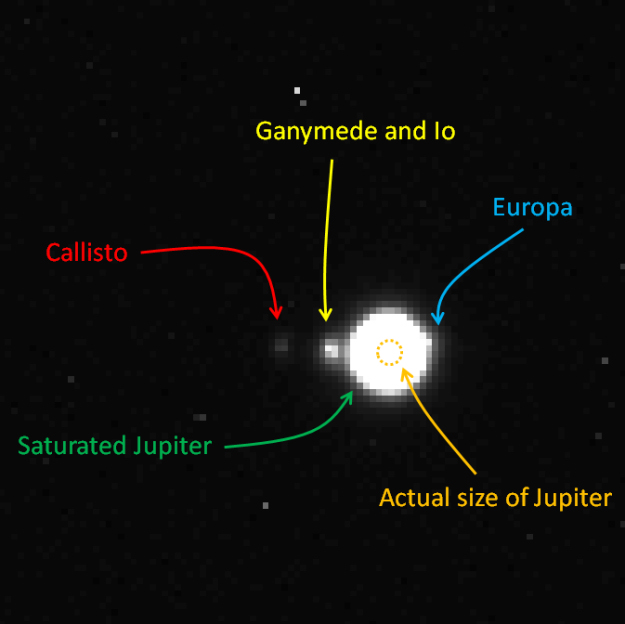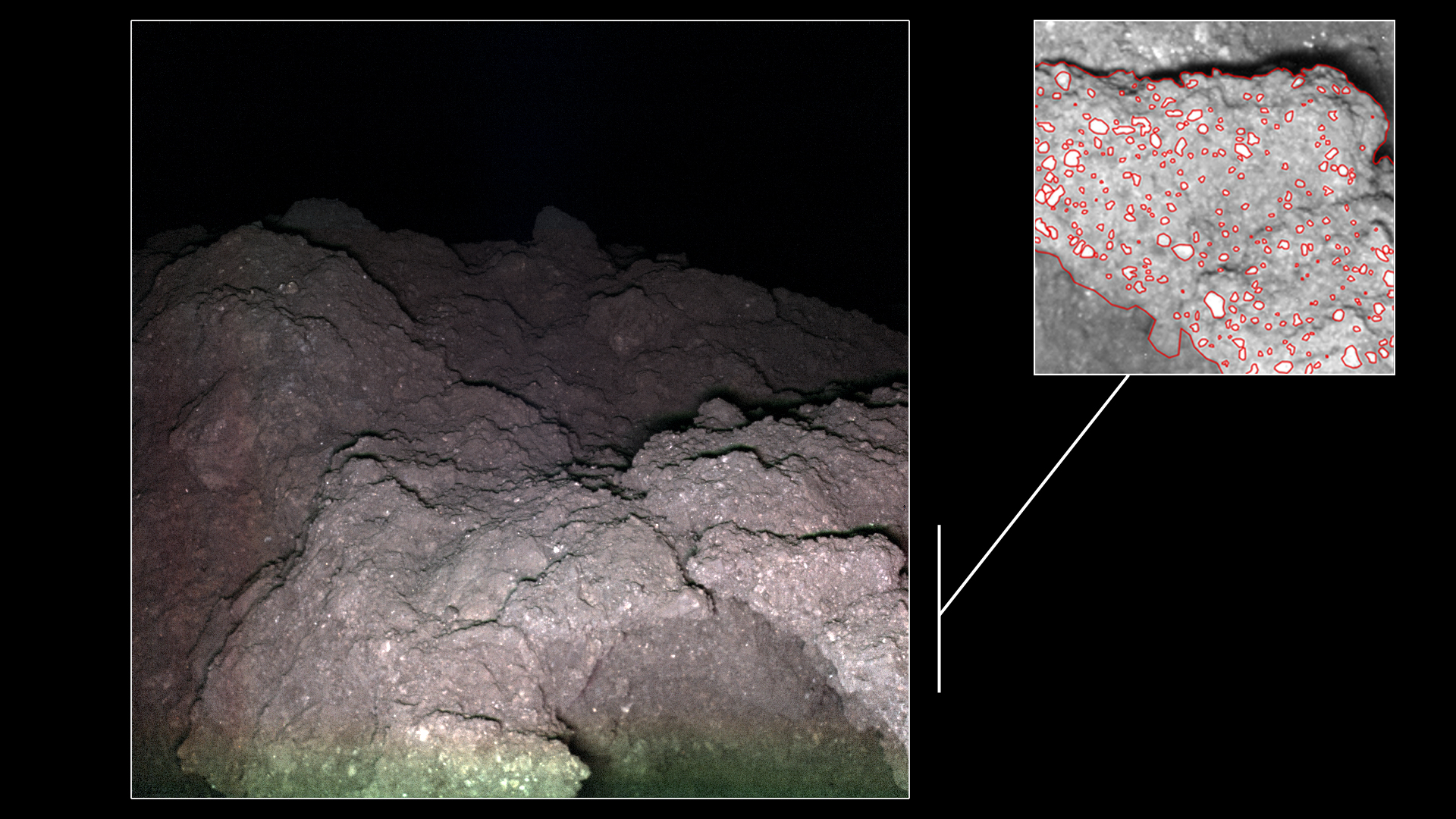After years of construction, China’s new radio telescope is in action. The telescope, called FAST (Five-hundred-meter Aperture Spherical Radio Telescope) has double the collecting power of the Arecibo Observatory in Puerto Rico, which has a 305 meter dish. Until now, Arecibo was the world’s largest radio dish of its type.
Continue reading “China’s FAST Telescope, the World’s Largest Single Radio Dish Telescope, is Now Fully Operational”China’s FAST Telescope, the World’s Largest Single Radio Dish Telescope, is Now Fully Operational
